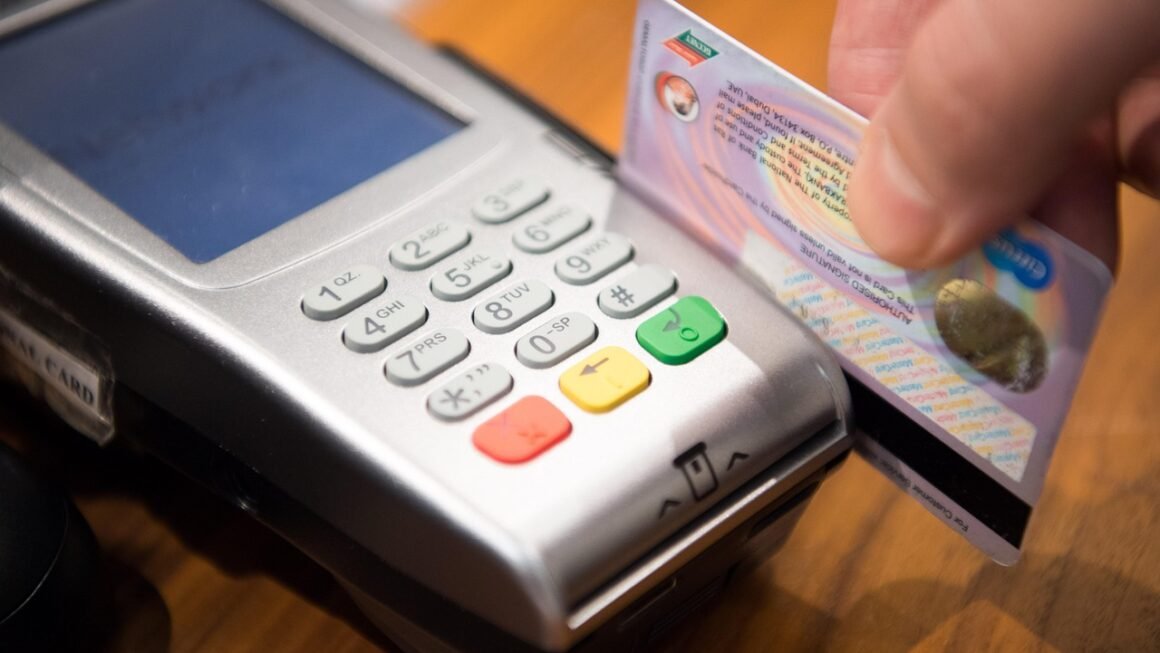A smooth and efficient checkout process is the cornerstone of any successful e-commerce business. It’s the final hurdle between a browsing customer and a completed sale. Optimizing your checkout isn’t just about convenience; it’s about maximizing conversions, reducing cart abandonment, and fostering customer loyalty. Let’s delve into the intricacies of creating a checkout experience that delights your customers and boosts your bottom line.
Understanding the Checkout Funnel
The Importance of a Seamless Transition
The checkout funnel represents the steps a customer takes from adding items to their cart to completing the purchase. A clunky, confusing, or lengthy checkout process can lead to frustration and ultimately, cart abandonment. Think of it as the final leg of a race – you want to make it as effortless as possible for the customer to cross the finish line.
Key Stages of the Checkout Process
The checkout process typically involves the following stages:
- Cart Review: This is where customers can view the items in their cart, adjust quantities, and apply discount codes.
- Shipping Information: Collecting the customer’s shipping address and preferred shipping method.
- Billing Information: Gathering payment details, including credit card information or alternative payment methods.
- Order Review: A summary of the order, including items, shipping costs, taxes, and total amount.
- Confirmation: Displaying a confirmation page with the order number and estimated delivery date.
Measuring Checkout Performance
To effectively optimize your checkout process, you need to track key metrics:
- Conversion Rate: The percentage of users who complete a purchase.
- Cart Abandonment Rate: The percentage of users who add items to their cart but do not complete the purchase. Industry averages hover around 70%, highlighting the critical need for checkout optimization.
- Average Order Value (AOV): The average amount spent per order.
- Time to Purchase: The time it takes a customer to complete the checkout process.
Optimizing the User Experience
Simplifying the Checkout Form
A lengthy and complex checkout form is a major conversion killer. Keep it short and sweet by:
- Minimizing Required Fields: Only ask for essential information. Can you infer the city based on the zip code? Remove unnecessary fields.
- Using Address Autocomplete: Integrate address autocomplete features to save customers time and reduce errors. Google Places API and other similar services offer this functionality.
- Providing Clear Error Messages: If a customer enters incorrect information, provide clear and helpful error messages that guide them towards the correct format.
- Offering Guest Checkout: Allow customers to purchase without creating an account. Account creation can be offered after the purchase is complete.
Streamlining Navigation
Clear and intuitive navigation is crucial for a positive user experience:
- Progress Indicator: Use a progress bar to visually show customers where they are in the checkout process.
- Clear Call-to-Actions (CTAs): Use clear and compelling CTAs, such as “Continue to Shipping” or “Place Order,” to guide users through the checkout.
- Mobile Optimization: Ensure your checkout process is fully responsive and optimized for mobile devices. A large percentage of online purchases are made on mobile, so a mobile-friendly checkout is essential.
- Back Button Functionality: Allow users to easily go back and edit previous steps without losing their information.
Security and Trust
Security is paramount for building customer trust:
- SSL Certificate: Ensure your website has an SSL certificate to encrypt data transmitted during the checkout process. Display a padlock icon in the address bar to reassure customers.
- Trust Badges: Display trust badges from reputable security providers, such as Norton or McAfee, to demonstrate your commitment to security.
- Privacy Policy: Clearly state your privacy policy and how you handle customer data.
- Secure Payment Gateways: Use reputable payment gateways like Stripe or PayPal, which offer secure payment processing and fraud prevention.
Payment Options and Flexibility
Offering Multiple Payment Methods
Providing a variety of payment options caters to different customer preferences and increases conversion rates.
- Credit Cards: Accept all major credit cards, including Visa, Mastercard, American Express, and Discover.
- Digital Wallets: Offer digital wallets like PayPal, Apple Pay, Google Pay, and Amazon Pay for faster checkout.
- Buy Now, Pay Later (BNPL): Integrate BNPL options like Affirm, Klarna, or Afterpay to allow customers to split payments into installments.
- Local Payment Methods: Consider offering local payment methods relevant to your target market.
Payment Security and Fraud Prevention
- PCI Compliance: Ensure your payment processing system is PCI DSS compliant to protect cardholder data.
- Fraud Detection Tools: Implement fraud detection tools to identify and prevent fraudulent transactions.
- Address Verification System (AVS): Use AVS to verify the billing address provided by the customer.
- 3D Secure Authentication: Implement 3D Secure authentication (e.g., Visa Secure, Mastercard Identity Check) for an extra layer of security.
Transparent Pricing
- Clearly Display All Costs: Show a breakdown of all costs, including item prices, shipping costs, taxes, and any other fees, before the customer enters their payment information.
- Avoid Hidden Fees: Surprise fees are a major cause of cart abandonment. Be upfront about all costs from the beginning.
- Currency Display: Display prices in the customer’s local currency.
Post-Purchase Experience
Order Confirmation
- Confirmation Page: Display a clear and informative order confirmation page with the order number, order details, and estimated delivery date.
- Confirmation Email: Send a confirmation email to the customer with the same information, as well as contact information for customer support.
Shipping and Tracking
- Shipping Updates: Provide regular shipping updates to keep customers informed about the status of their order.
- Tracking Information: Include a tracking number in the confirmation email and shipping updates so customers can track their package.
- Estimated Delivery Date: Provide an accurate estimated delivery date.
Customer Support
- Easy Access to Support: Make it easy for customers to contact customer support if they have any questions or issues.
- Multiple Support Channels: Offer multiple support channels, such as email, phone, and live chat.
- Prompt Responses: Respond to customer inquiries promptly and professionally.
Conclusion
Optimizing your checkout process is an ongoing effort that requires continuous monitoring, testing, and refinement. By implementing the strategies outlined above, you can create a seamless, secure, and user-friendly checkout experience that will increase conversions, reduce cart abandonment, and foster customer loyalty. Remember to regularly analyze your checkout data, identify areas for improvement, and make adjustments accordingly. A well-optimized checkout is not just a step in the customer journey; it’s a strategic investment in your business’s success.



